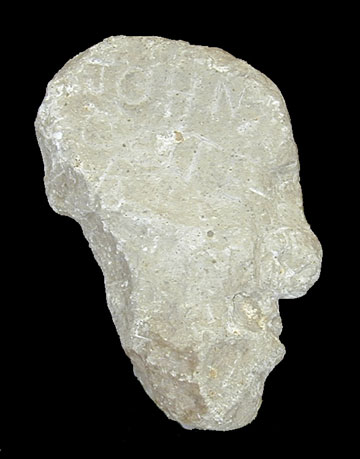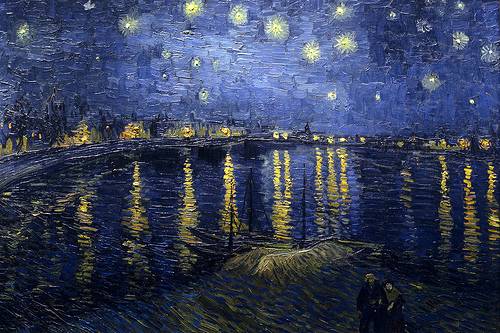
In the early 1930s, a farmer turned up a rock while clearing a field in Idaho. It had been carved into the shape of a man’s head, and it bore the inscription JOHN COLTER on one side and 1808 on the other.
John Colter had left the Lewis and Clark expedition in 1806 to venture alone into the northwest. He returned two years later with stories of strange geysers, hot springs, and bubbling pools of mud. Few believed him.
If the stone is authentic, then Colter did indeed explore Wyoming, cross the Grand Tetons in the dead of winter, and descend alone into Idaho — the first white man to do so.



